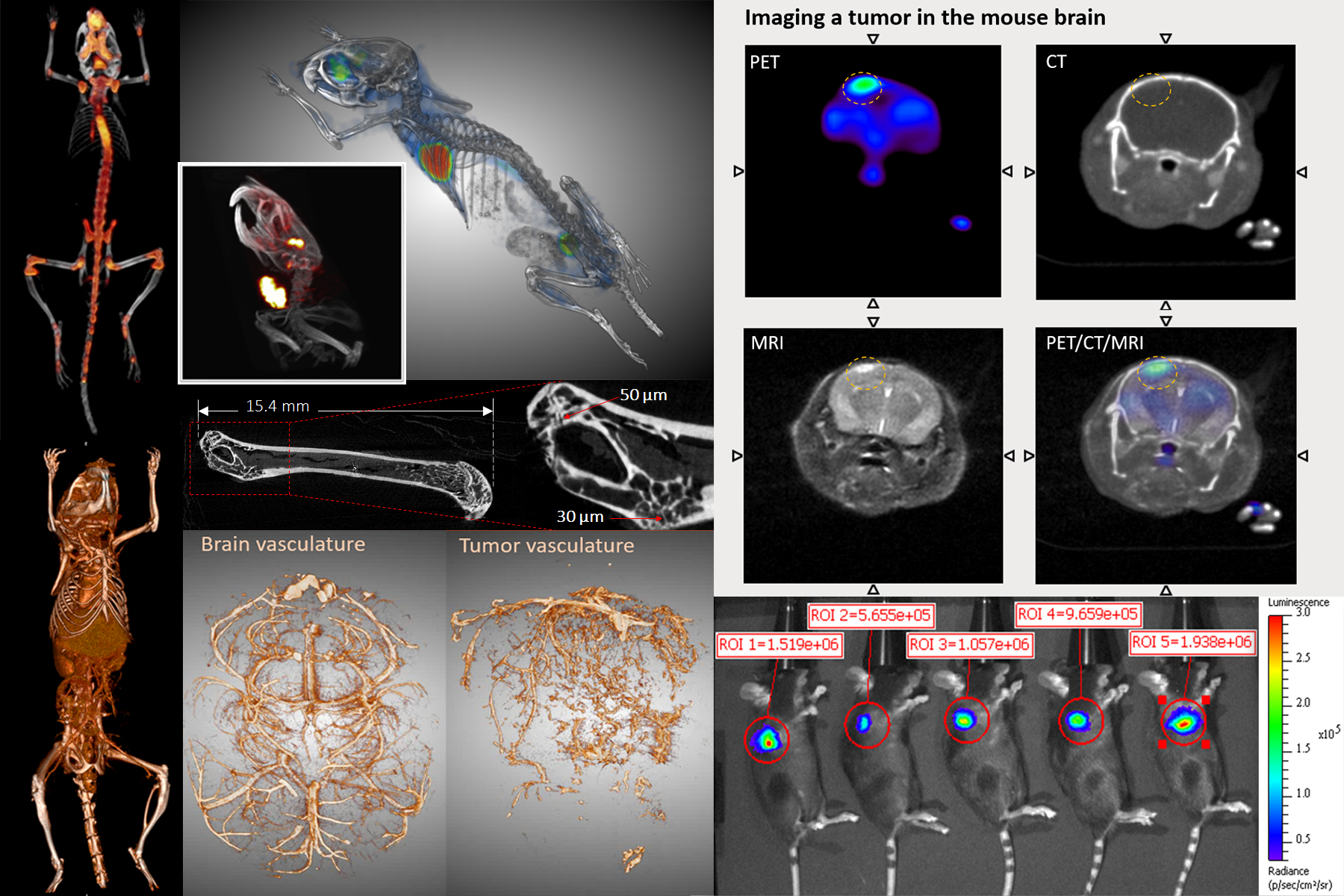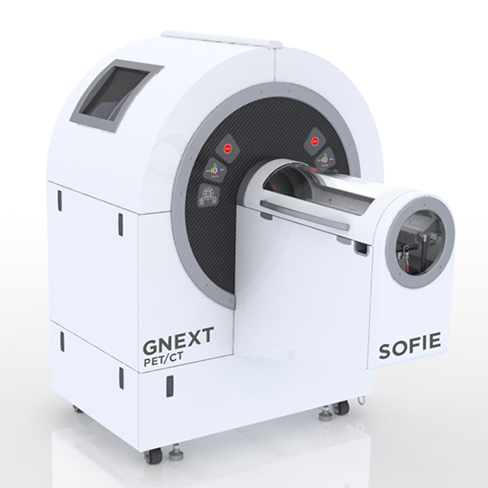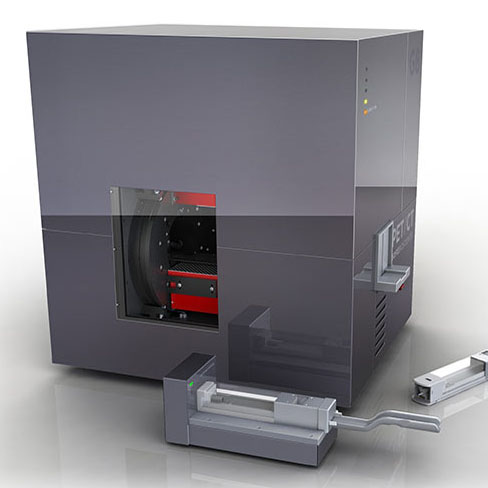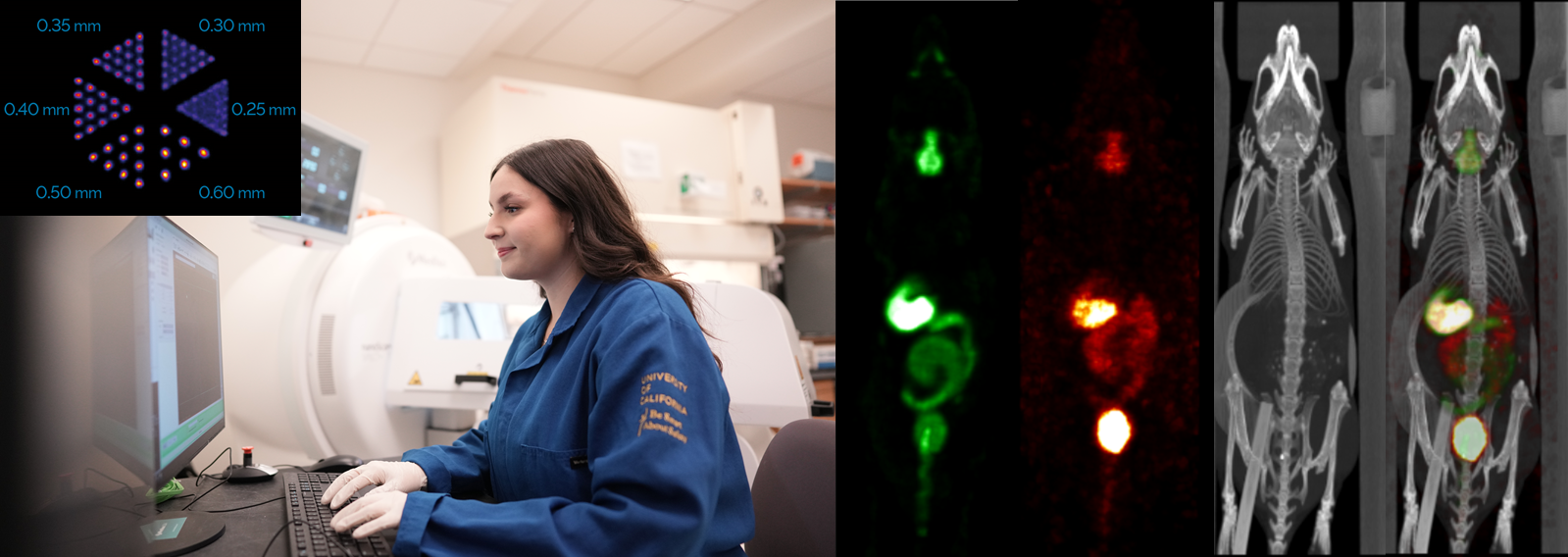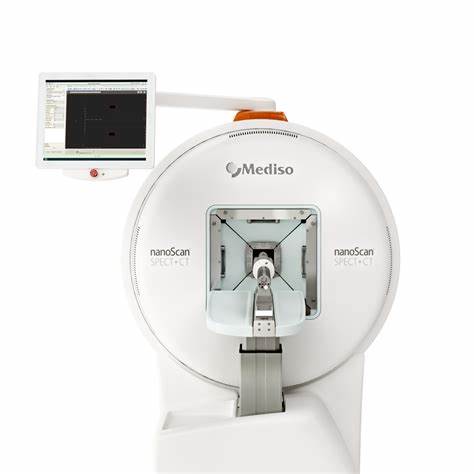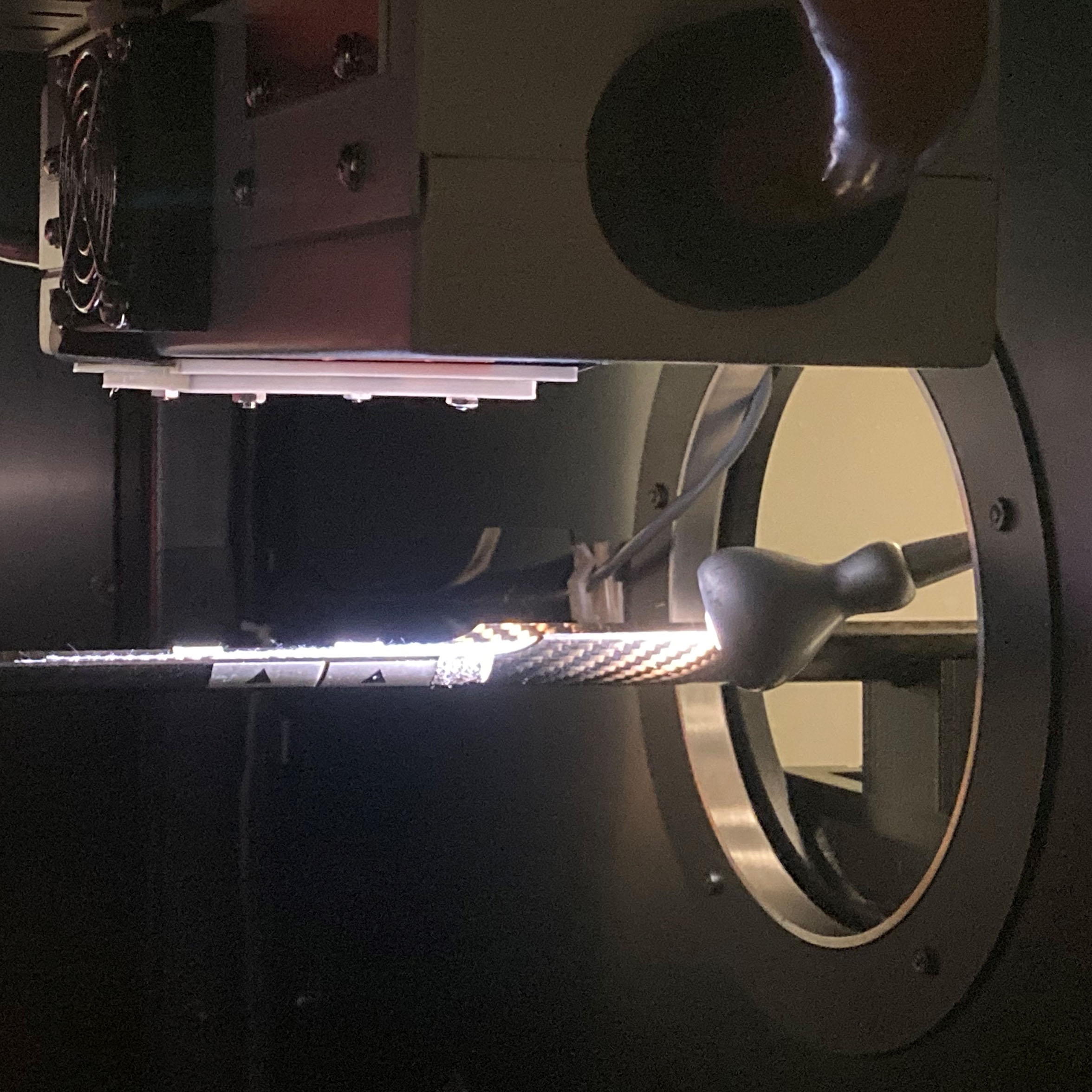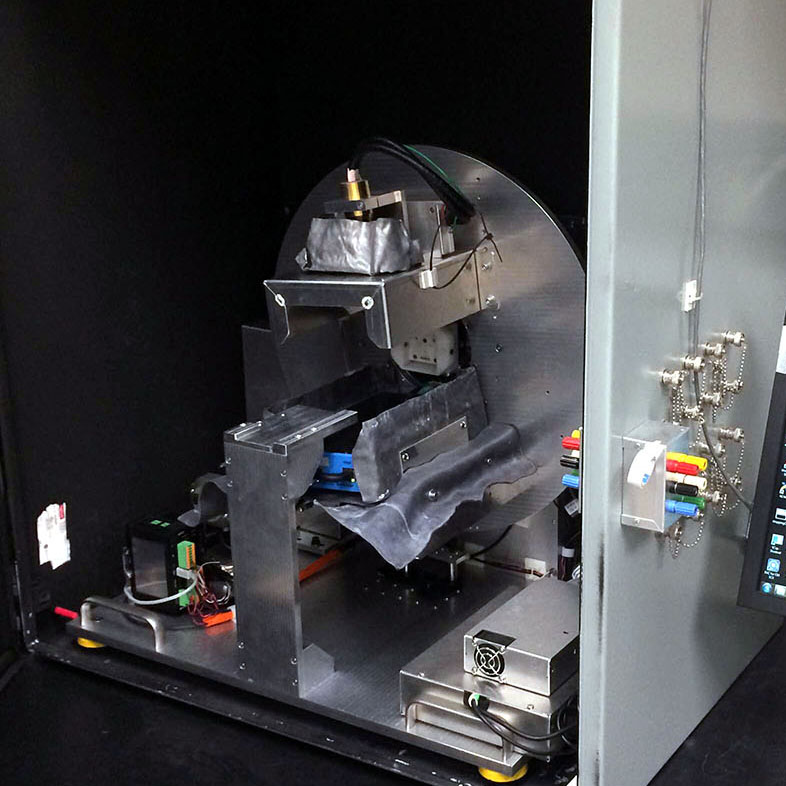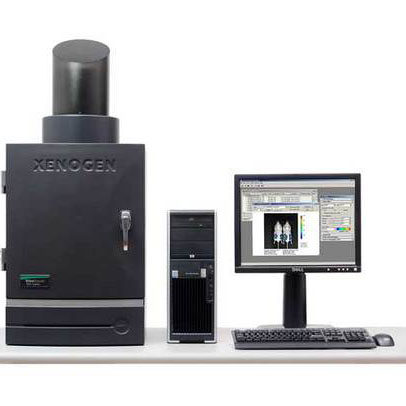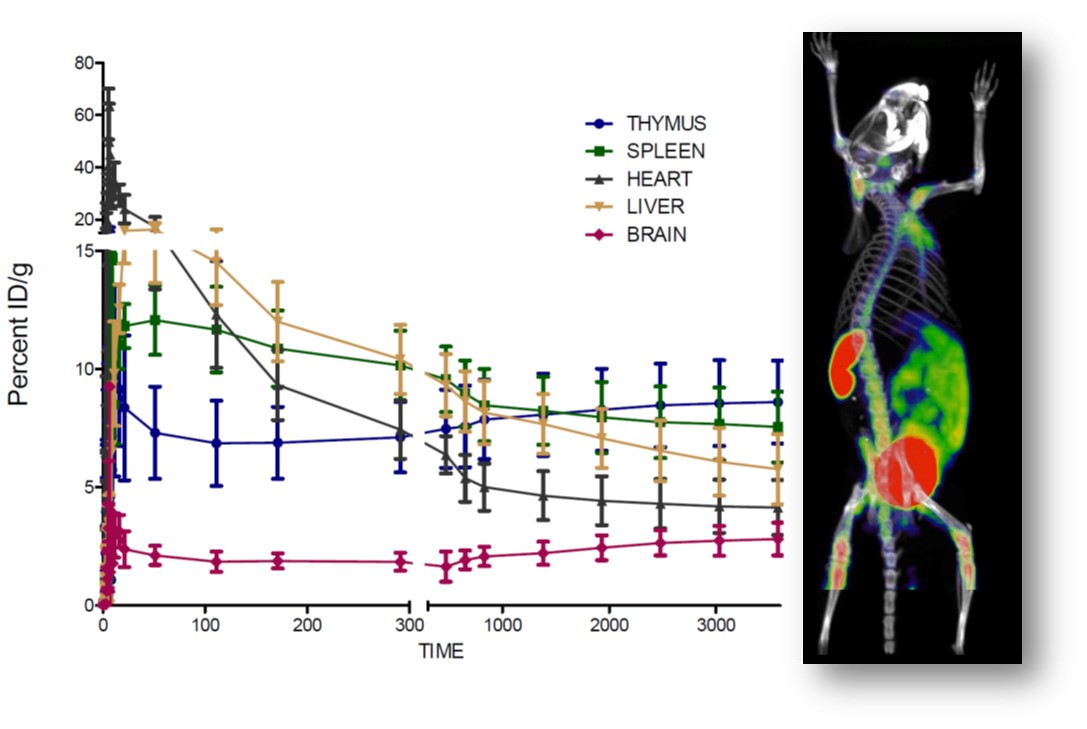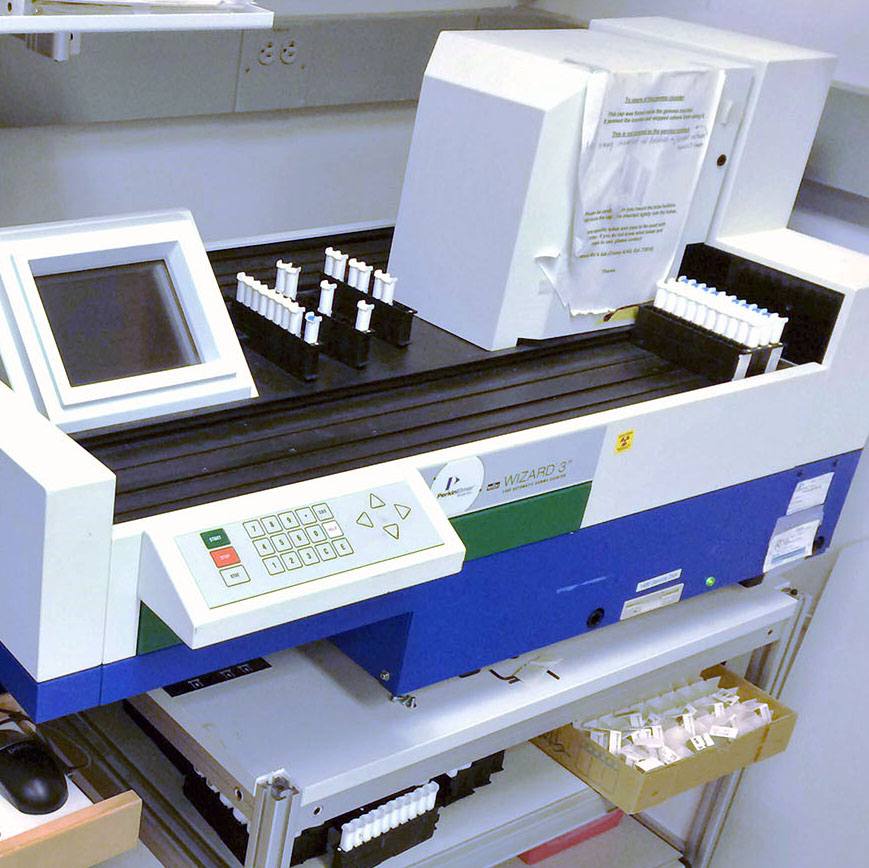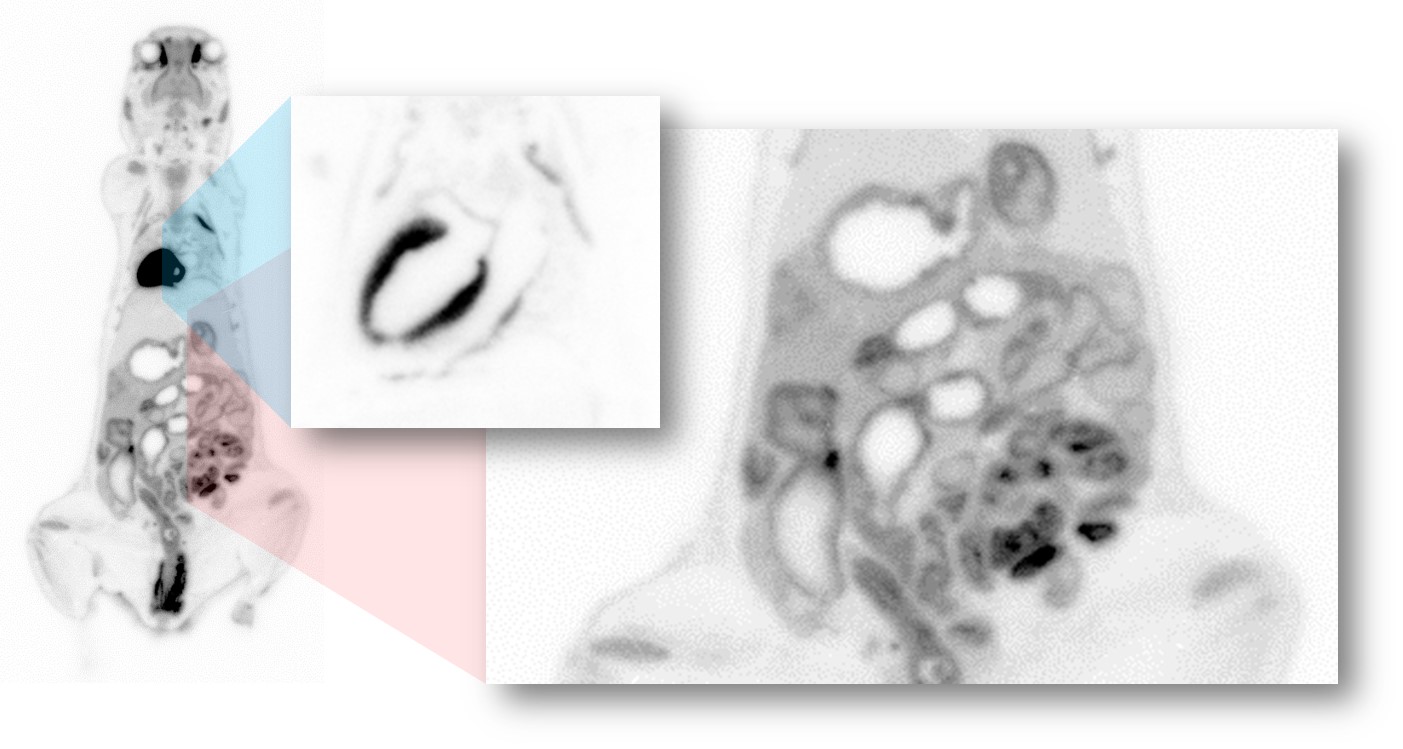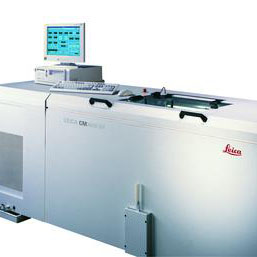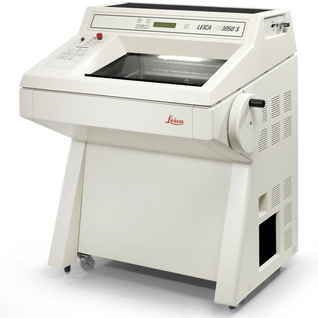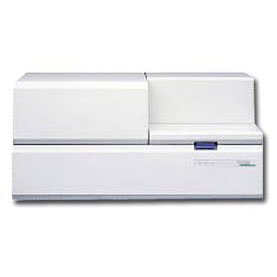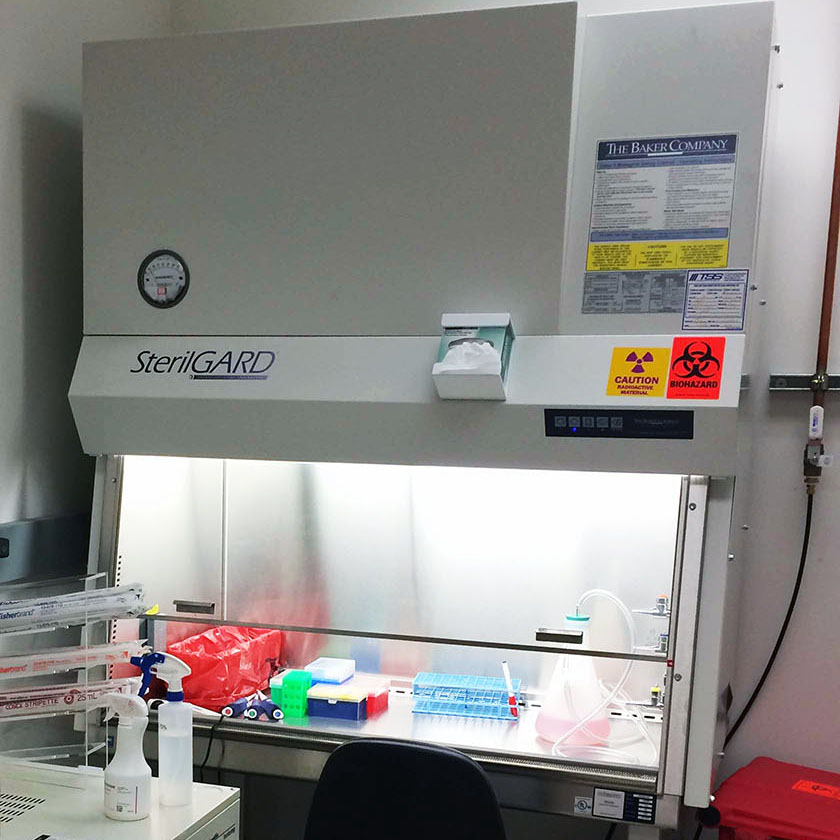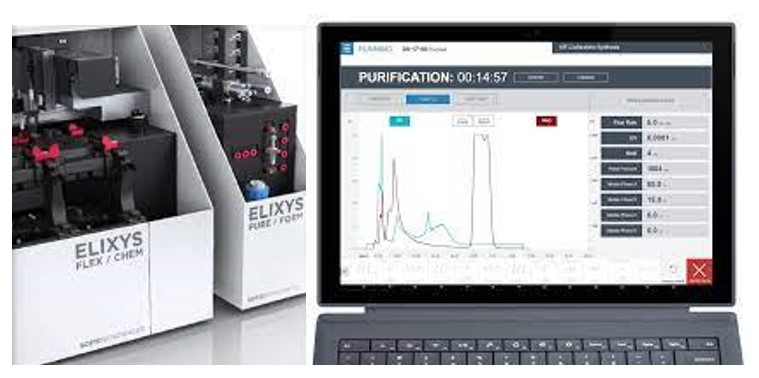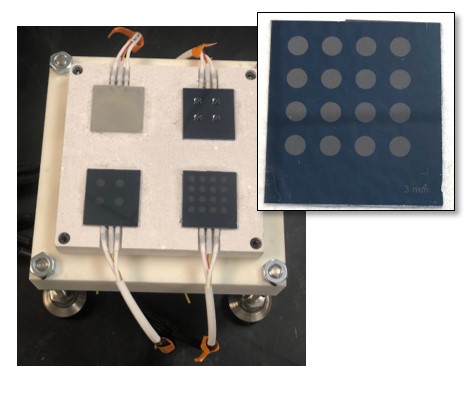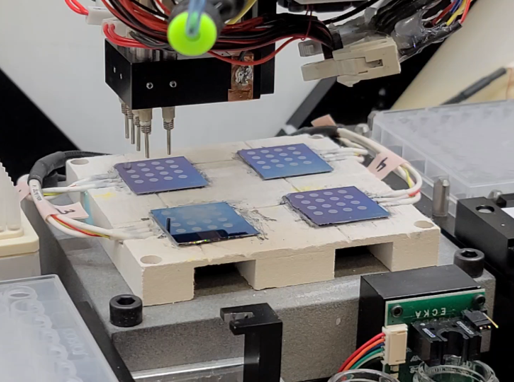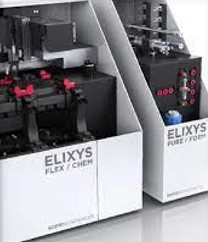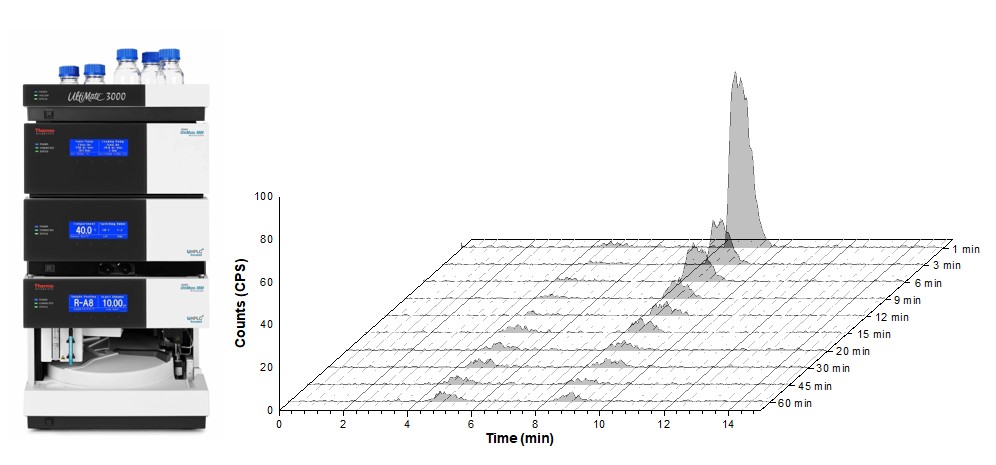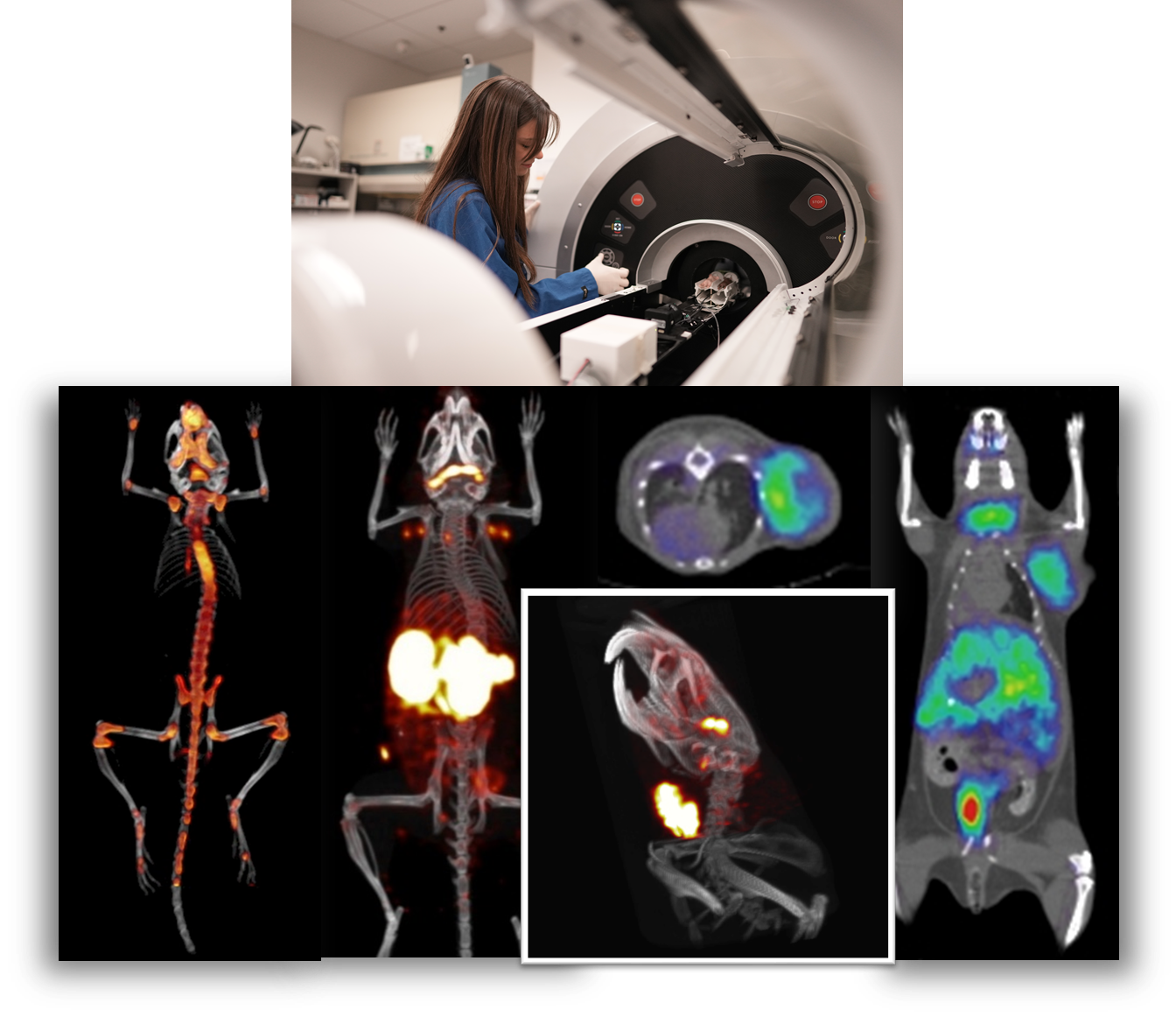
Positron emission tomography (PET) provides the means for imaging the rates of biologic processes in vivo. Imaging is accomplished through the integration of two technologies, the tracer kinetic assay method and computed tomography (CT). The tracer kinetic assay method employs a radiolabeled biologically active compound (tracer) and a mathematical model that describes the kinetics of the tracer as it participates in a biological process. The model permits the calculation of the rate of the process. The tissue tracer concentration measurement required by the tracer kinetic model is provided by the PET scanner, with the final result being a three-dimensional (3-D) image of the anatomic distribution of the biological process under study.
Excerpt from: Phelps, M.E., Positron Emission Tomography. In: Mazziotta, J. and Gilman, S., Eds., Clinical Brain Imaging: Principles and Applications, 1992, F.A. Davis Company, pp71-107
